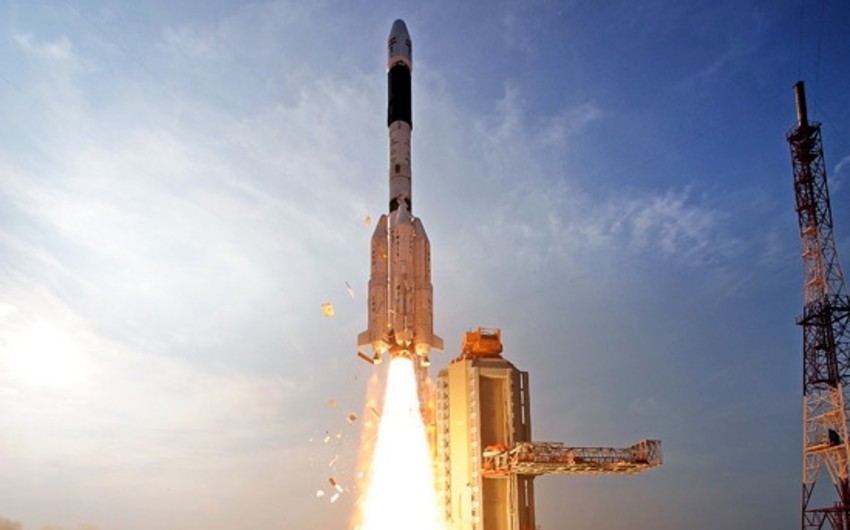The Polar Satellite Launch Vehicle (PSLV) of the Indian Space Research Organization successfully launched nine satellites into space from the first launch pad at the Satish Dhawan Space Centre in Sriharikota on November 26, Report informs referring to Business Today.
The satellite will be put into a sun-synchronous orbit after deployment. They are synchronised to remain in the same fixed position with respect to the Sun at all times.
The spacecraft was given clearance on Friday for the launch on Saturday, which will mark the 56th PSLV flight from India. The vehicle will lift off with a 321-ton liftoff mass. Nine satellites are aboard the spacecraft, including seven customer satellites, one diplomatic satellite jointly developed with Bhutan, and one national satellite from the Oceansat family.
The eight nanosatellites were created by both India and Bhutan in collaboration with private companies. The third-generation Oceansat satellite, the Earth Observation Satellite-06, is intended to provide Oceansat-2 spacecraft continuity services with improved payload specifications and application areas.
The Earth Observation Satellite-6, also known as Oceansat-3, was launched from a 44.4-meter rocket with a lift-off mass of 321 tons.
The PSLV-XL version’s 24th flight will separate the primary satellite in Orbit-1, followed by an orbit change using two Orbit Change Thrusters (OCTs) introduced in the PSLV-C54 Vehicle’s Propulsion Bay Ring.

